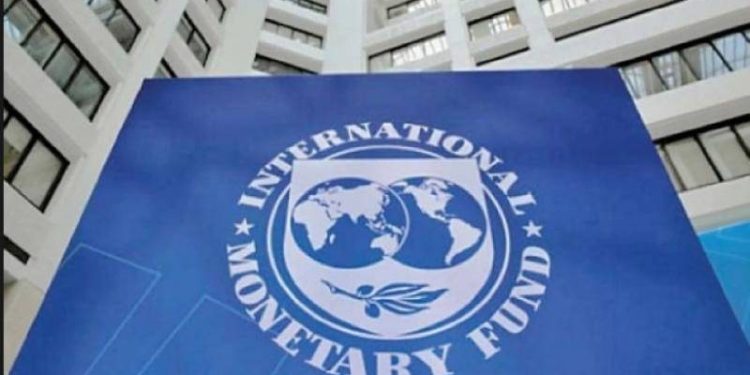The International Monetary Fund (IMF) has confirmed that renewal of a $1.5 billion standby credit facility with Kenya will take place in early 2020.
This disclosure was made at the end of a recent visit by the IMF to Nairobi, which took place between November 18th and 22nd 2019.
The IMF team has been in Kenya to discuss recent economic developments and the government’s reform plans. Another mission is also planned in early 2020 to hold discussions on a new precautionary stand-by arrangement and undertake the Article IV consultation discussions.
This change of tune at the Washington-based International lender comes after its team cancelled its trip to Nairobi in October this year.
The then Principal Secretary at the Treasury, Kamau Thugge, and National Treasury Secretary, Henry Rotich, were bundled out of office on corruption allegations.
Kenya’s two-year IMF precautionary facility, signed in March 2016 expired in March 2018 but was extended up to September 2018. The Fund suspended its arrangement with Kenya in September 2018, after several conditions, including removal of the rate cap law, were not met.
With removal of the lending cap law, the International Fund says the move will provide the Central Bank of Kenya (CBK) with room to tweak its monetary policy tools.
Removal of interest rates controls will also allow commercial banks to price and lend loans to the retail segment.
“Credit growth has remained low (6.6 percent year-on-year in October) but is expected to rise steadily because of the recent elimination of interest rate controls and deployment of innovative credit products targeting small enterprises,” said Mr Benedict Clements, Head of the IMF team that visited Kenya between November 18-22, 2019.
The IMF forecast Kenya’s economy to accelerate its growth in the second half of this year and 2020. This is despite the late onset and below-average rainfall that affected agriculture production.
“Kenya’s economy has continued to perform well. Real GDP growth averaged 5.6 percent in the first half of 2019, despite the late onset and below average rainfall that affected agriculture production. Growth is expected to accelerate in the second half of 2019 and 2020,” said Clements.
The Fund mentions that after reaching a budget deficit of 7.7 percent of GDP in FY2018/19, Kenya’s economic managers aim to significantly reduce the deficit.
“Progress in this direction, including the design of tax and expenditure reforms that support a growth-friendly fiscal consolidation, will be important to anchor a new Fund-supported program,” said Clements.
IMF mentions that Inflation has remained within the target band and stood at 5.0 percent in October (year-on-year). It added that the current account deficit has narrowed, and foreign exchange reserves are adequate.
At a glance, Kenya’s loans with IMF stood at $ 298.81 million as at September 30, 2019, Special Drawing Rights (SDR) at $ 81.07 million against a quota of $ 542.8 million. Kenya has had a total of 19 precautionary stand-by arrangements with IMF so far.
The IMF team met Acting Cabinet Secretary for the National Treasury, Mr. Ukur Yatani; the Governor of the CBK, Dr. Patrick Njoroge; the Head of the Public Service, Dr. Joseph Kinyua; the Principal Secretary for the National Treasury, Dr. Julius Muia; the Deputy Governor of the CBK, Ms. Sheila M’Mbijjewe; and senior government and CBK officials.
Staff also had productive discussions with representatives of the private sector and development partners.




